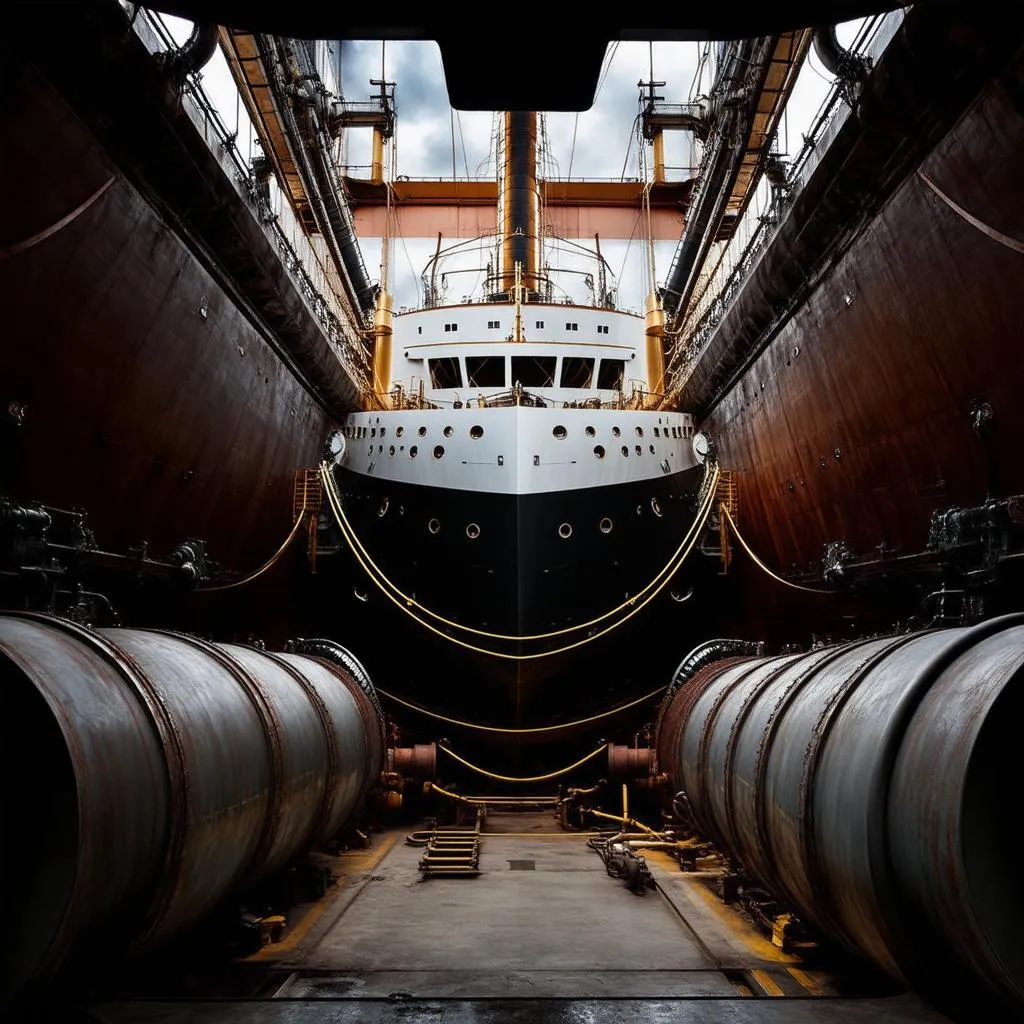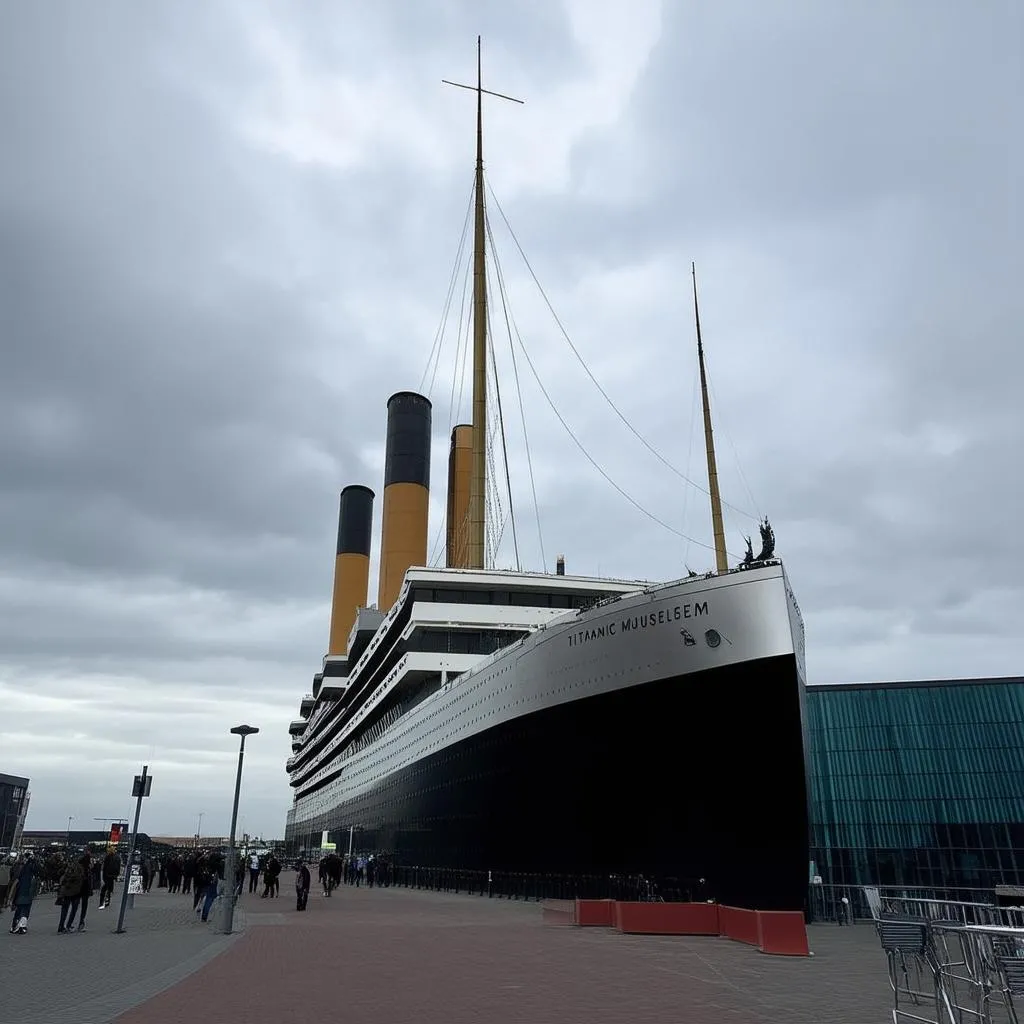Picture this: you’re standing on the deck of a majestic ocean liner, the wind whipping through your hair, the salty tang of the sea in your nostrils. You’re aboard the Titanic, the largest ship of its time, gliding across the vast expanse of the Atlantic. But amidst the grandeur and excitement, a question arises – just how fast could this marvel of engineering actually go?
The Titanic’s Impressive, Yet Fateful, Speed
The RMS Titanic, a symbol of luxury and ambition, was designed to be a floating palace, but it was also built for speed. At the time, crossing the Atlantic in record time was a coveted prize for shipping companies, and the Titanic was in the running.
The ship’s top speed was approximately 23 knots, which translates to about 26 miles per hour. While this might seem slow compared to modern cruise ships, it was a remarkable feat for a vessel of its size and era. To put it into perspective, imagine the excitement of a bygone era, where a journey across the ocean at such speeds was considered the pinnacle of travel luxury.
However, the Titanic’s speed played a crucial role in its tragic fate. Traveling at nearly full speed through icy waters on that fateful night in April 1912, the ship’s crew had little time to react to the iceberg warning. The rest, as they say, is history.
Delving Deeper: Factors Influencing the Titanic’s Speed
Several factors determined how fast the Titanic could travel:
- Engine Power: The Titanic boasted two massive reciprocating steam engines and a low-pressure turbine, generating an impressive 59,000 horsepower.
- Ship Design: The ship’s streamlined hull was designed to minimize drag and maximize efficiency, allowing it to cut through the water with relative ease.
- Coal Consumption: To maintain its high speed, the Titanic devoured an astonishing 600 tons of coal per day, highlighting the immense energy required to propel the massive vessel.
 Titanic's Engines
Titanic's Engines
Exploring the Titanic’s Legacy: Speed vs. Safety
The Titanic’s story continues to captivate us today, serving as a poignant reminder of the delicate balance between ambition, innovation, and safety. While the ship’s speed was a testament to human ingenuity, it also underscores the importance of prioritizing safety over record-breaking feats.
If you’re ever in Belfast, the city where the Titanic was built, visit the Titanic Belfast museum. This interactive museum offers a fascinating glimpse into the ship’s construction, its luxurious interiors, and the events leading up to its sinking. It’s a sombering reminder of the human cost of this maritime tragedy and the lessons learned.
 Titanic Belfast Museum
Titanic Belfast Museum
FAQs About the Titanic’s Speed
Q: Was the Titanic the fastest ship of its time?
A: While the Titanic was fast, it wasn’t the absolute fastest. Other ships, like the Mauretania, held the Blue Riband award for the fastest transatlantic crossing at the time.
Q: Could the Titanic have avoided the iceberg if it had been traveling slower?
A: While a slower speed might have given the crew more time to react, experts debate whether it would have been enough to completely avoid the collision.
Beyond the Speed: Remembering the Human Stories
Beyond the technical specifications and historical facts, the story of the Titanic is ultimately about people – the passengers and crew whose lives were forever changed on that fateful night. From the opulence of first-class to the hopes and dreams of those in steerage, the Titanic’s story serves as a timeless reminder of our shared humanity and the fragility of life.
For more intriguing stories and insights about travel and history, visit travelcar.edu.vn.